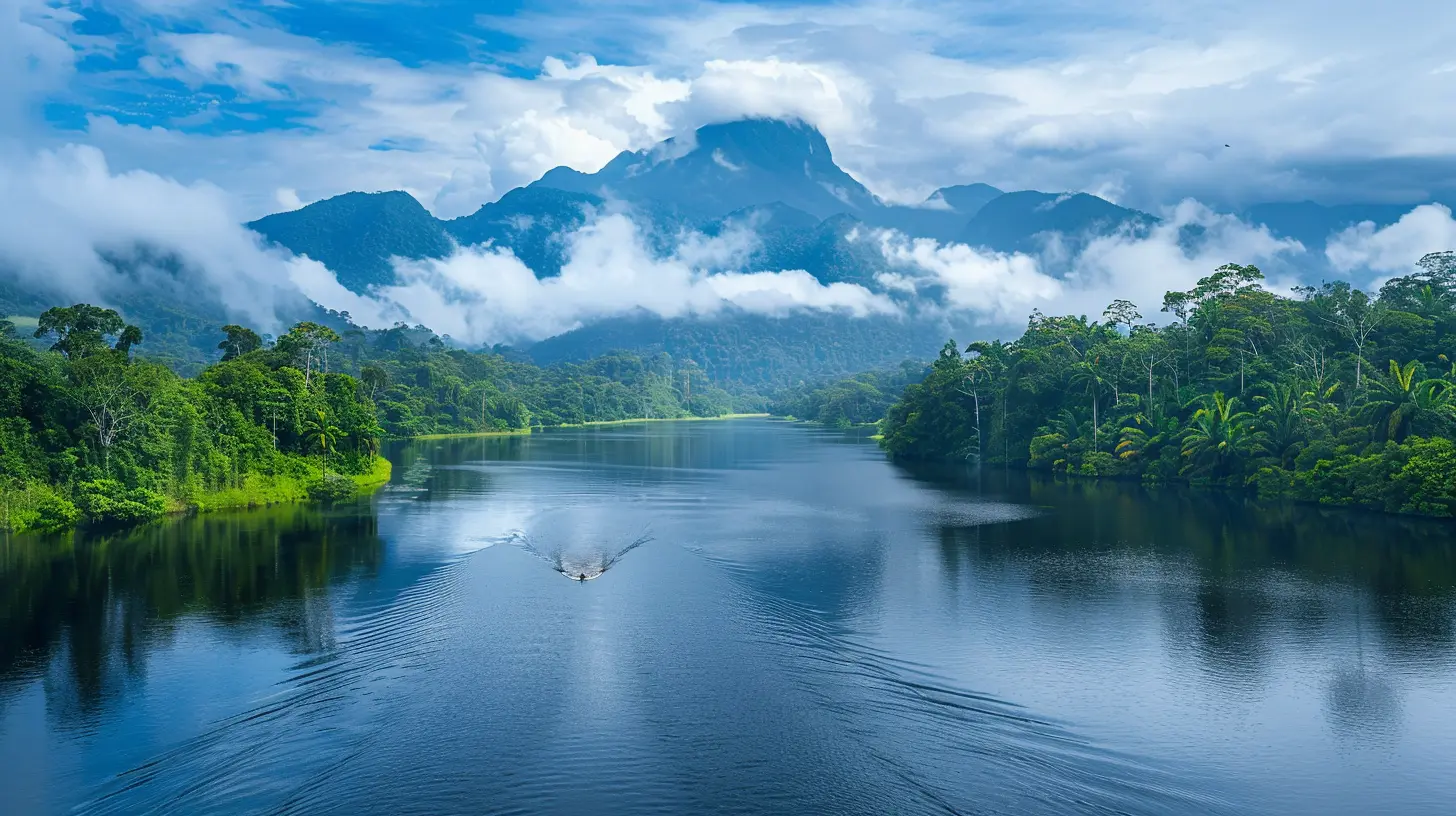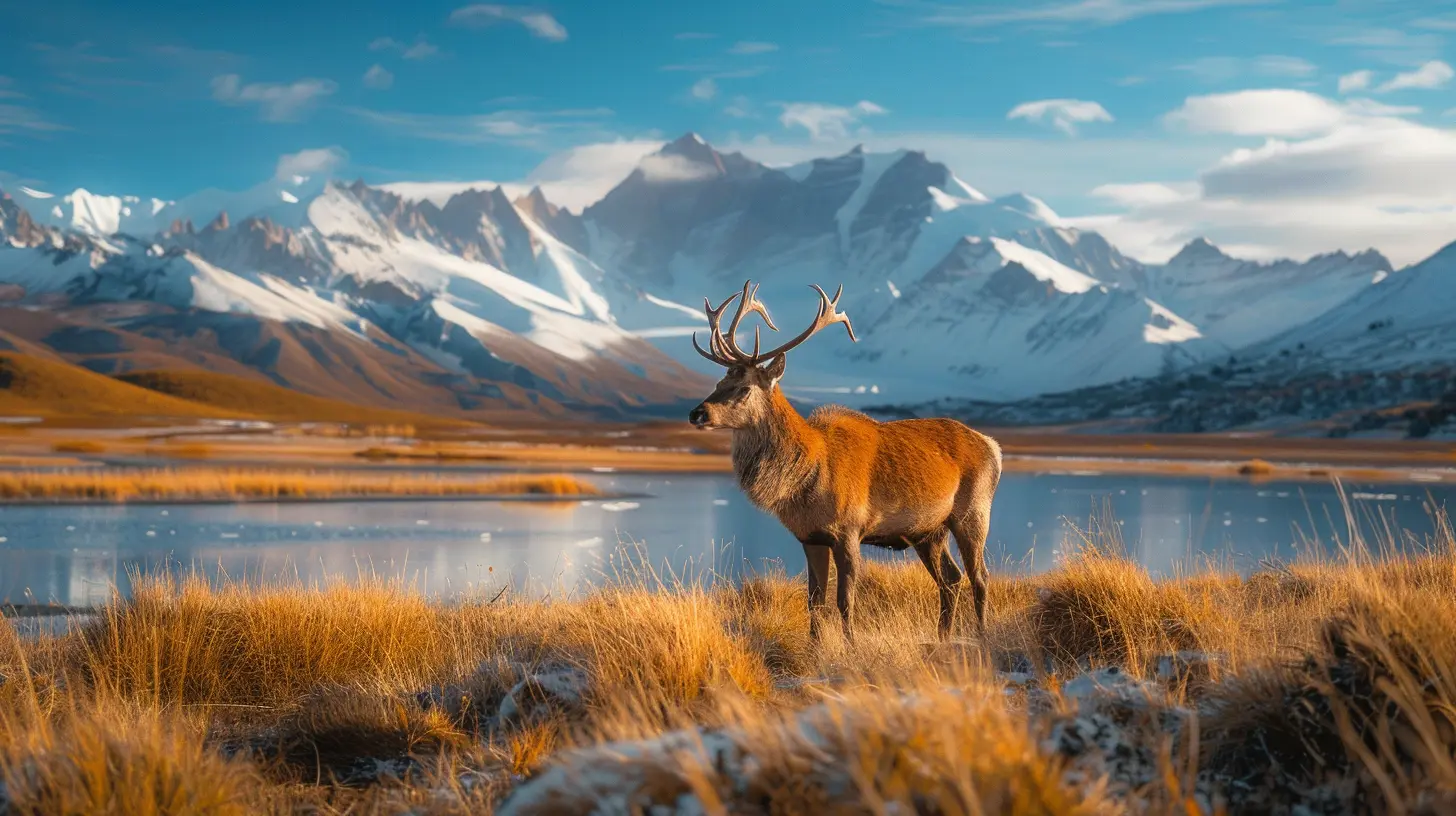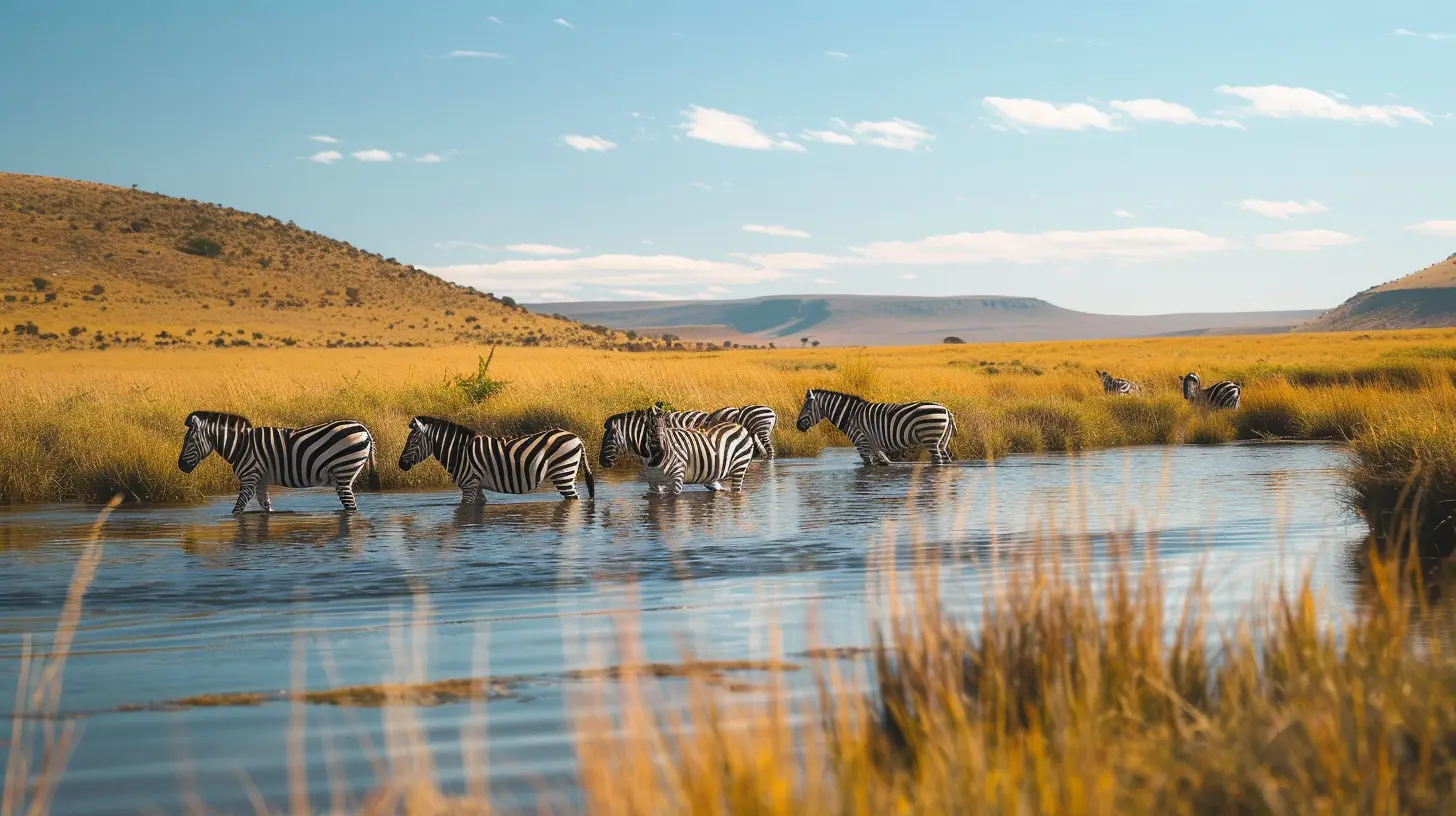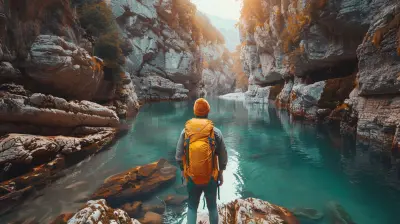Marveling at Unseen Wildlife in the World’s Most Isolated Reserves
18 November 2025
Have you ever imagined stepping into a world untouched by humans, where nature thrives in its rawest form? Hidden deep within our planet are remote wildlife reserves, home to creatures rarely seen by human eyes. These isolated havens protect some of the most unique species on Earth.
If you’ve got a passion for wildlife and a thirst for adventure, strap in—this journey through the world’s most remote wildlife sanctuaries is about to reveal wonders beyond imagination!

The Magic of Isolation: Why Remote Reserves Matter
Isolation plays a crucial role in preserving wildlife. When a region remains untouched for centuries, evolution takes its own course, leading to species found nowhere else on Earth. These far-flung reserves are living museums of biodiversity, where animals thrive without human interference.But why should we care? Because these places hold the key to understanding how life adapts to extreme conditions, offering insights into conservation and ecology that could help save species from extinction.
Now, let's venture into the wild and uncover some of these hidden gems! 
1. Manu National Park, Peru – The Land of Endless Wonders
Tucked away in the Peruvian Amazon, Manu National Park is one of the most biodiverse spots on Earth. With no roads leading into its core zone, the only way in is by boat or small aircraft—talk about secluded!Unbelievable Wildlife Encounters
- Giant Otters – Playful yet formidable predators of the Amazon’s waterways- Harpy Eagles – Majestic birds of prey with a wingspan reaching over 2 meters
- Jaguar Sightings – If you’re lucky, you might catch a glimpse of this elusive big cat
- Rainbow-Colored Macaws – Flocks of these vibrant birds gather at clay licks, a spectacle worth seeing
Manu’s remote nature has protected it from mass tourism, making it a paradise for serious wildlife lovers. If you dream of spotting animals in their natural habitat with minimal human intrusion, this is the place to be. 
2. Tsingy de Bemaraha, Madagascar – The Jurassic Park of Africa
Madagascar is already known for its bizarre wildlife, but Tsingy de Bemaraha Reserve takes things to another level. This UNESCO-listed site is a labyrinth of razor-sharp limestone formations, making it nearly inaccessible to humans—and perfect for wildlife to thrive.Unique Wildlife That Calls Tsingy Home
- Decken’s Sifaka – A rare lemur that “dances” across the forest floor- Fossa – Madagascar’s top predator, resembling a mix between a cat and a mongoose
- Leaf-Tailed Geckos – Masters of camouflage, blending seamlessly with tree bark
- Giant Jumping Rats – Don't let the name freak you out; they’re oddly adorable
The inaccessibility of this park has safeguarded its wildlife, making it a living testament to Madagascar’s evolutionary isolation. 
3. Kamchatka Peninsula, Russia – A Land of Fire and Bears
The Kamchatka Peninsula is an untamed wilderness located in the Russian Far East. With its towering volcanoes, geothermal springs, and vast tundras, it’s one of the last truly wild places on Earth.Wildlife That Rules Kamchatka
- Kamchatka Brown Bears – Some of the largest bears in the world, often seen fishing for salmon- Steller’s Sea Eagles – These giants of the sky have a wingspan that rivals a bald eagle
- Siberian Wolves – Rare and elusive, but truly mesmerizing when spotted
- Orcas & Sea Otters – The surrounding Pacific waters teem with marine life
The remoteness and harsh climate keep human activity low, making it a prime spot for wildlife enthusiasts willing to embrace the cold for an unforgettable experience.
4. The Namib Desert, Namibia – Life in a Land of Extremes
It might come as a surprise, but the Namib Desert in Namibia is home to some of the most resilient wildlife on the planet. Despite its arid, almost alien-like landscape, life has found a way to flourish.The Survivors of the Namib
- Desert-Adapted Elephants – These gentle giants have learned to endure extreme drought- Oryx (Gemsbok) – A majestic antelope capable of surviving without water for long periods
- Sidewinder Snakes – Masters of mobility, using a unique slithering technique to move across the dunes
- Tok-Tokkie Beetles – They survive by collecting morning fog droplets on their bodies
The Namib Desert is a place where nature rewrites the rulebook on survival, showcasing adaptations that seem almost like science fiction.
5. The Galápagos Islands, Ecuador – Evolution’s Playground
No list of remote wildlife reserves would be complete without the Galápagos Islands. These volcanic islands inspired Charles Darwin’s theory of evolution, and they remain one of the best places to witness natural selection in action.Wildlife You Won’t Find Anywhere Else
- Galápagos Tortoises – Some of the longest-living creatures on Earth- Marine Iguanas – The world’s only swimming lizards, diving into the ocean for food
- Blue-Footed Boobies – Their absurdly bright blue feet make them impossible to ignore
- Hammerhead Sharks – Schools of these mysterious predators roam the waters
The isolation of the Galápagos has preserved its unique ecosystem, making it a must-visit for anyone fascinated by evolution and rare wildlife.
The Challenges of Protecting These Remote Paradises
While these reserves remain untouched by mass tourism, they still face threats. Illegal poaching, climate change, and habitat destruction pose real dangers to these ecosystems. The irony? The very isolation that protects them also makes conservation efforts harder.What can we do? Supporting responsible eco-tourism, donating to conservation programs, and spreading awareness about these fragile ecosystems are all ways to help safeguard their future.
Should You Visit These Remote Reserves?
If you’re an adventurer who thrives on raw, unfiltered nature, visiting one of these reserves is an experience of a lifetime. But traveling to such remote places isn’t as simple as booking a flight and packing a suitcase.Things to Keep in Mind
- Limited Access – Many of these reserves require special permits or guided tours- Minimal Human Infrastructure – Forget about five-star hotels; expect eco-lodges or campsites
- Respect for Nature – Follow ethical guidelines to ensure your presence doesn’t disrupt the ecosystem
These destinations are not for the faint-hearted, but for those who seek true wilderness, the reward is beyond worth it.
Final Thoughts
The world still holds pockets of untamed beauty, where wildlife thrives away from human influence. These remote reserves are not just places to marvel at rare creatures—they are living reminders of why conservation matters.So, if you ever get the chance to visit one of these hidden gems, do it with an open heart, a curious mind, and deep respect for the wonders of the wild. After all, witnessing nature in its purest form is one of life’s greatest privileges.
all images in this post were generated using AI tools
Category:
Off The Beaten PathAuthor:

Claire Franklin

